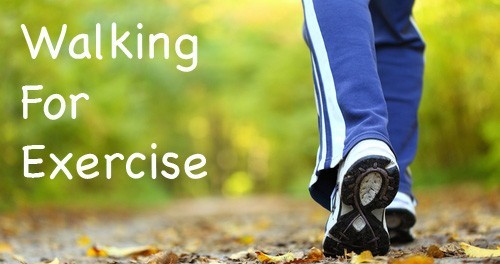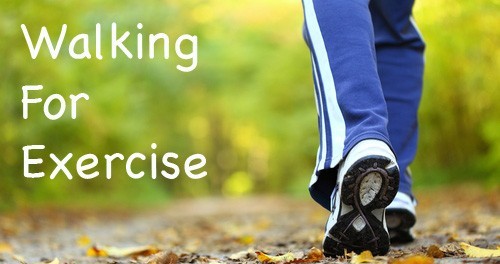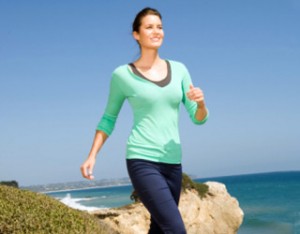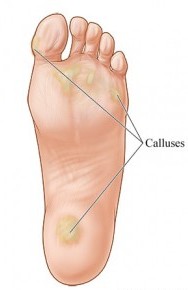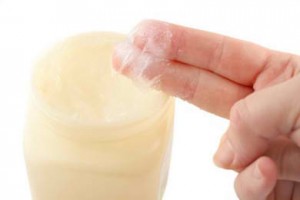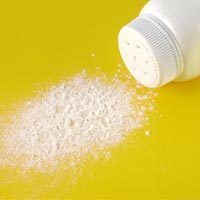Walk Talk Series
Day 43 Blister Prevention
Life is an interesting journey
You never know where it’ll take you. Through all the peaks & valleys, twists & turns, you can get the surprise of your life. Sometimes on the way to where you’re going you might think, damn this is the worst time of my life…But you know what, at the end of the road through all the adversity & pain, if you get to where you wanted to be. That’s when you remember that whatever don’t kill you only makes you stronger, all the adversity was worth it. On the way to the top you’ll do anything. So when you get the thing you desire most, the one thing you bled & sweated so much for there’s only one thing to do.
Hold onto it & make it yours forever.
In Week 7 we look at various walking annoyances, such as blisters and chafing, and common walking injuries.
Today’s Walk
- Fat-Burning Walk: 35-70 minute walk in the fat-burning zone at 60-70% of your maximum heart rate
- Warm up with 5 minutes at a very easy pace
- Find a safe spot with a wall or pole to do a 5 minute easy stretching routine
- Now resume your walk at a comfortable pace
- End with 5 minutes of gentle stretching.
Exercise: Upper Body exercises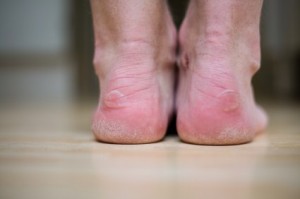
Strategies to Prevent Blisters
Blisters are one of our biggest complaints as walkers. Anytime you’re likely to be doing a lot of walking, or find yourself wearing new shoes, blisters are lurking, waiting to pop out (literally). Even though we all get blisters, many people aren’t quite sure how best to treat them so as not to interrupt their walking schedule. There are ways to toughen your feet and to prevent most blisters. We’ll review the top ways to prevent blisters both before and during your walk.
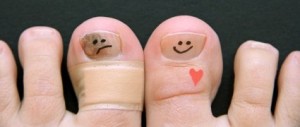 Now how exactly did I get this thing?
Now how exactly did I get this thing?
Blisters on your feet are caused by friction as your skin rubs against some kind of material, most typically your shoes. You can also get them from socks that are bunched in an odd way or have weird edging of some sort. Shoes that don’t fit right cause blisters. Wet feet are more likely to form blisters and wet material, such as wet socks, are more likely to cause them
The Right Shoes
A common source of blisters are your shoes themselves. Everybody has feet of different shapes and sizes, no one shoe will be right for everyone. Getting the right size and shape of shoe can help prevent blisters.
Cause: Taking new shoes out for a long walk. Any pair of shoes may give you a blister during the first few times you wear them, before your feet and the shoe have grown accustomed to each other.
Solution: Take it slow and short with new pairs of shoes, even the same brand and model. Build up your mileage and speed.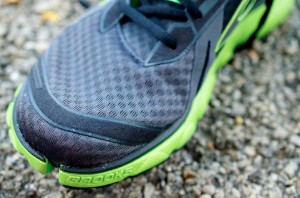
Cause: Cramped toe box – toes rub against sides or end of shoes. This can even lead to blackened toenails or losing the toenails after a long walk.
Solution: Your walking shoes should have a finger’s width of length between the end of your toe and the end of your shoes to allow your feet to expand while walking. Select shoes of the proper width for your foot so that toes have enough room.
Cause: Seams and the edge of the insole rubbing against foot.
Solution: Change styles of shoes or insoles, but generally the solution will be in lubricating or covering the area that is getting rubbed.
They don’t call a newbie a tenderfoot for nothing! Your soft, pink feet will have fewer problems with blisters if they are a little tougher.
Calluses are your friends: As your feet get more of a workout, they build up calluses. These are your friends – you want calluses, which act as a natural pad against the friction that forms blisters. Do not give in to beauty and shave off or pumice down the calluses – at least until after the long walk.
Tannic acid to toughen: Marathoners and long distance walkers may want to toughen the feet with 10% tannic acid or a tea soak. Apply the tannic acid to your feet, or soak in strong tea, twice daily for two to three weeks.
Moisturize Away Heel Cracks: To prevent your calluses drying out too much and developing painful cracks, moisturize your feet after each bath or shower with a good foot cream or hand cream.
Sock Strategy
Forget the cotton socks, stick with synthetics. That’s what the experts say when it comes to preventing blisters. Cotton retains your foot sweat, which then softens the skin and leaves it more prone to breaking with friction, and blisters form.
Wick it Away: Synthetic socks made of acrylic, polypropylene, or CoolMax fabric wick moisture away from the foot, keeping it dry. These are available at sports stores.
Double layers: Double-layer socks may be the answer to preventing blisters. The inner layer should be of a wicking fabric. The  two layers work to prevent friction on the foot itself. Some double layer socks, such as WrightSocks, even come with a no-blister guarantee. You can also wear two pairs of socks.
two layers work to prevent friction on the foot itself. Some double layer socks, such as WrightSocks, even come with a no-blister guarantee. You can also wear two pairs of socks.
Padded Socks vs. Thin Socks: From a blister standpoint, experiment with thickness of socks. If your socks are so thick that your toes have no room, you need bigger shoes or thinner socks. When having shoes fitted, bring along the thickness of sock you plan to wear to ensure a correct fit.
Change Your Socks En Route: Many marathoners recommend changing your socks whenever your feet get wet due to rain, or at the halfway point of a marathon.
There’s the Rub: Check where the sock seams are hitting your toes – is that where your are blistering? Some running socks are specially designed to keep the seams away from the feet. Tube socks are not recommended as your feet are not tube shaped, and they simply won’t fit right.
The rubbing motion between foot, sock and shoe — creates heat and tearing forces, which make the skin prone to blisters. Reduce the friction, reduce the blisters. One way to reduce friction is by lubricating your feet so they slide rather than rub.
Petroleum Jelly: Slather your feet thickly with petroleum jelly for long-distance walks and marathons. This is an inexpensive, readily available option — Vaseline is the name brand. At most marathons they have it available at the rest stops so you can reapply it. AD Ointment: Thicker than petroleum jelly, yet still available wherever baby diapers are sold, this can also do the job. Again, more is probably better.
Keeping your feet dry starts with wicking socks, but you can also use other strategies.
Corn Starch and Talcum Powder: First, plain old corn starch (yep, just like you use in cooking) in your socks and shoes can keep your feet dry. Reapply it at least once in a long distance event. Baby powder or talcum powder both smells nice and also acts to keep the feet dry.
Drink Up: Keep your feet dry, but don’t let the rest of you get dehydrated. Keep drinking water for the first hour, then a sports drink with electrolytes (salts) to keep your body fluids in balance. Getting dehydrated can contribute to the formation of blisters.

